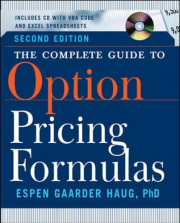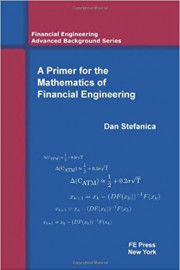Current Courses

FIA331: Introduction to Financial Engineering
This course is for the student who is interested in modeling the financial derivatives. The general quantitative finance will be presented excluding mathematical proofs. All the theoretical explanations will be implemented with Microsoft Excel for practical use during the class.

FIA402: Fixed Income Securities
This course is designed to introduce fixed income markets including money markets and bond markets. Students are going to understand the time value of money and the relation between price and yield of the bond. The derivatives products underlain by money or bond such as swaps or options will be introduced as well. Most of the explanations will be applied to practical market situations.
ECT692: Market Analysis
This is a course to train to write his/her own analyst reports of the energy market without lecture for the ECTFE program. The purpose of this lecture is to let students train themselves as financial or energy analysts. They will write 4 or 5 of their own analyst reports during a semester.
Previous Courses

MTH203: Applied Linear Algebra
This course requires students to understand the relations between systems of linear equations and matrices, to master a matrix calculation, and treating useful characteristics for linear algebra. Also, students are going to learn about vector spaces and transformations defined on them.

ECT511: Financial Mathematics
In this course, students will review and study mathematical concepts and methods which are essentially used in the field of financial engineering. The topics of this course include single and multivariable calculus, linear algebra, differential equations, numerical computation methods, and applications to option pricing models such as the Black-Scholes model.

ECT524: Quantitative Methods in Finance
This course introduces financial time series analysis, basically. Students study linear models for financial time series and case studies with those. It will be applied to volatility models, high-frequency financial data, and Value at Risk. For the preliminary understanding, it will be started from the basic knowledge of statistics and linear regression methods. All analysis will be implemented with R.